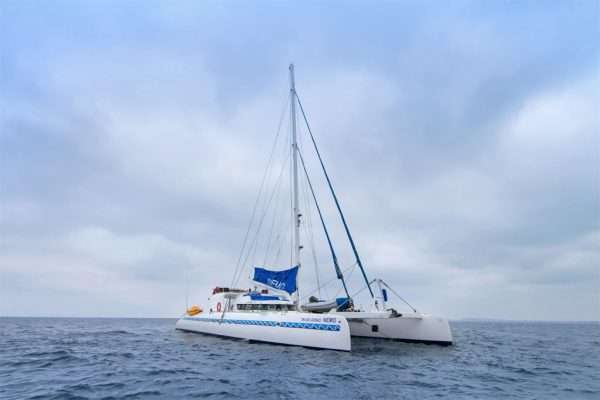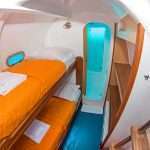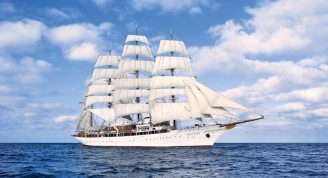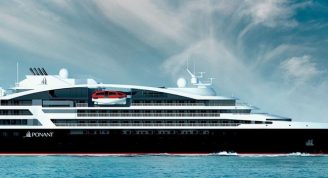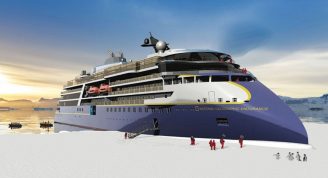Description
Our 3 nights northern route enables you to combine the sea bird colonies of North Seymour and exclusive Genovesa with spectacular volcano islets Bartolome and Chinese Hat, where you will get impressed by their creative forces.
Though less frequented than popular central and south-eastern islands, the barren north offers most dramatic landscapes and reveals the first chapter of evolution. Discover how pioneer species conquer barren lava fields and create habitats for new colonist species. Walk at very short distance past frigatebirds, blue-footed boobies, red-footed and Nazca boobies whilst courtshipping, mating, breeding, nurturing or learning to fly (depending on the season). Furthermore, en route you will have chances to see emblematic and endemic Galapagos land iguanas, marine iguanas and Galapagos penguins close to the equator! In the contrasty lush highlands of Santa Cruz you will encounter the famous Galapagos giant tortoises.
Please Note: Christmas net surcharges: Dec 21-27: USD 300 pp; Dec 24-27: USD 200 pp; Dec 24-31: USD 350 pp; Dec 27-31: USD 250 pp. New Year net surcharges: Dec 31-Jan 4 USD 250 pp; Dec 31-Jan 7: USD 350 pp; Jan 4-7: USD 200 pp.


